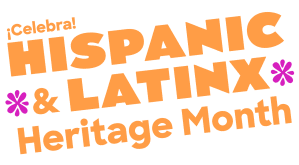Take credit for your charitable giving! Check out your tax receipts
To use your $50 gift card credits, find a project to fund and we'll automatically apply your credits at checkout.
Find a classroom project
Your promo code has been successfully applied and will be reflected in checkout.
Check your email to verify your account and get started on your first project. Didn't receive the email?
Your school email address was successfully verified.
Got it